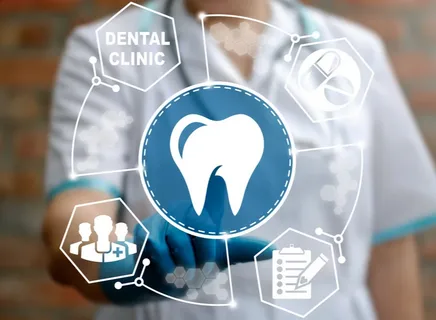Artificial intelligence is rapidly transforming healthcare, and dentistry is no exception. From diagnostics to treatment planning, AI technologies like Diagnocat are equipping dental professionals with powerful tools to improve clinical outcomes, enhance efficiency, and deliver more personalized patient care.
AI in dentistry refers to the use of machine learning algorithms to analyze clinical data—particularly radiographic images—and provide actionable insights. These systems can detect anomalies, suggest diagnoses, and even assist in developing treatment plans, all in a fraction of the time it takes for manual analysis. By learning from vast datasets, AI tools continuously improve their accuracy, helping dentists make more informed, data-driven decisions.
Key Benefits for Dental Professionals
One of the most significant advantages of integrating AI into a dental practice is the enhancement of diagnostic accuracy. Platforms like Diagnocat analyze 2D and 3D images to detect caries, periapical lesions, periodontal bone loss, root fractures, and other conditions with impressive precision. These tools serve as a digital second opinion, reducing the chances of missed diagnoses and improving consistency across practitioners.
AI also optimizes workflow. Instead of spending time manually reviewing scans and writing reports, dentists can rely on automated systems that deliver comprehensive, annotated results in minutes. This allows clinicians to focus more on patient care and less on administrative tasks—an efficiency boost that’s especially valuable in high-volume practices.
Elevating Patient Communication and Trust
Patient engagement is another area where AI is making a big impact. With AI-generated visual reports, dentists can show patients exactly what’s going on in their mouths. This transparency not only improves understanding but also boosts confidence in the proposed treatment plan. As a result, patients are more likely to accept treatment, follow recommendations, and feel positive about their overall experience.
In the age of digital transparency, patients appreciate knowing that their care is guided by both expert clinicians and cutting-edge technology.
Addressing Concerns and Barriers to Adoption
Despite its benefits, some practitioners remain hesitant about integrating AI. Common concerns include cost, learning curve, and the fear that technology may replace clinical judgment. However, modern AI tools are designed to be user-friendly, cost-effective, and fully supportive—not a replacement—for the clinician’s expertise.
Platforms like Diagnocat are built with dental professionals in mind, offering intuitive dashboards, seamless integration with existing imaging software, and ongoing updates to keep practices ahead of the curve.
The Future of AI in Dentistry
The rise of AI in dentistry is not a passing trend—it’s a long-term evolution that is quickly becoming standard practice. As AI technologies continue to mature, we can expect even more advanced features, such as predictive analytics, automated treatment simulations, and integration with broader healthcare data systems.
Early adopters are already reaping the rewards of improved accuracy, efficiency, and patient satisfaction. For dental professionals looking to remain competitive and future-ready, embracing AI is no longer optional—it’s essential.
